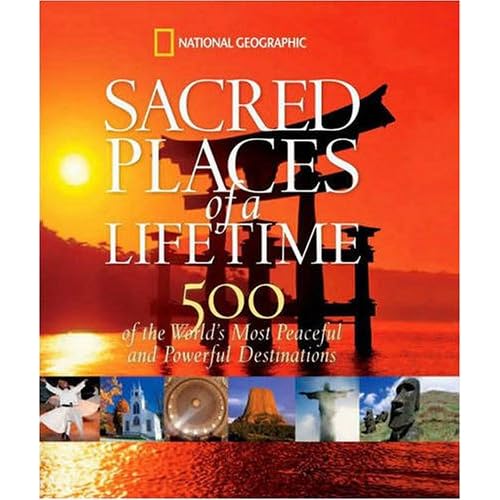Hanukkah is in the air in Budapest, especially in the old Jewish quarter in and around the downtown Seventh District, where I have an apartment...
Chabad, of course, has huge menorahs where nightly lightings take place -- and Chabadniks also drive around town in little "Hanukkah-mobiles" -- small cars with electric menorahs standing up right on their roofs.
There are various parties, concerts and other events.
I got to town Tuesday night, after a few days in Vienna, where, among other things, I attended a first-night Hanukkah party in the main synagogue, the elegant, neo-classical
Stadttempel on sloping Seitenstettengasse, in the heart of the city's core First District (the same
synagogue where I attended Sukkoth services this fall) and adjoining Jewish community center.
Sponsored by
Centropa, the Central Europe Center for Research and Documentation, it was structured around a meeting a club of elderly Jews who have been interviewed as part of Centropa's online database of family photos and stories. There were prayers and candle-lighting in the synagogue's graceful oval sanctuary; songs by a local Jewish school choir, and food, food, food (delicious vegetarian salads, humus, and the like). Here's a picture of the menorah lighting:

I left Vienna the next day, arriving in Budapest Tuesday night, just in time to high-tail it to the
Siraly cafe, a five minute walk from my apartment, and get there in time to catch the last part of a Jewish "dance house" party, with music by
Bob Cohen and Di Naye Kapelye and dance-teaching by Susan Foy. (Bob maintains the
Dumneazu blog, a lively chronicle of food, travel, music and more in Eastern Europe, and Di Naye Kapelye's new CD,
Traktorist, is receiving rave reviews.)
I forgot to bring my camera the other night -- but here's Bob playing a Hanukkah gig in Budapest a few years ago:

Siraly means Seagull but also, in local slang, “fantastic”. The cafe, in a three-storey building with tall arched windows on Kiraly street, is one of the most popular of the
new "Jewish" cafes that have opened recently in and around the Seventh District. It is run partly by
Marom, the youth organization of the Masorti, or conservative, Jewish stream (which has its office on an upper floor), and partly by a theater group.
In addition to serving up coffee, tea, schnapps and snacks, Siraly serves as something of a "alternative" Jewish culture center, with concerts, talks, book presentations, etc. A highlight each year is the
Hanukkah festival Marom organizes, that lasts through the eight days of the holiday.

Each evening features the lighting of menorahs -- one set up on the bar, another an art installation positioned on the wall (the candle flames are symbolically uncovered.)

Then -- concerts, plays, "kosher cabaret" and other events, either in the upstairs gallery or in a (smokey) theater space in the basement. Last night (Christmas Eve, the centerpiece of the holiday for Hungarian Christians, when everyone is home around the groaning dinner table with their family) Marom and Siraly's chief, Adam Schoenberger, played with his own hip-hop band.
Walking over from yet another party, I got there late -- just in time to catch the very end of their set -- because I had dropped in to a neighboring church to get a taste of midnight mass....
Tonight, the concert is in a bigger venue downtown -- headliners are the French group
Boogie Balagan (whose slogan is "from Paris to Palestisrael"), following the local bands Pipatorium and Chalaban, which plays Moroccan music.



























